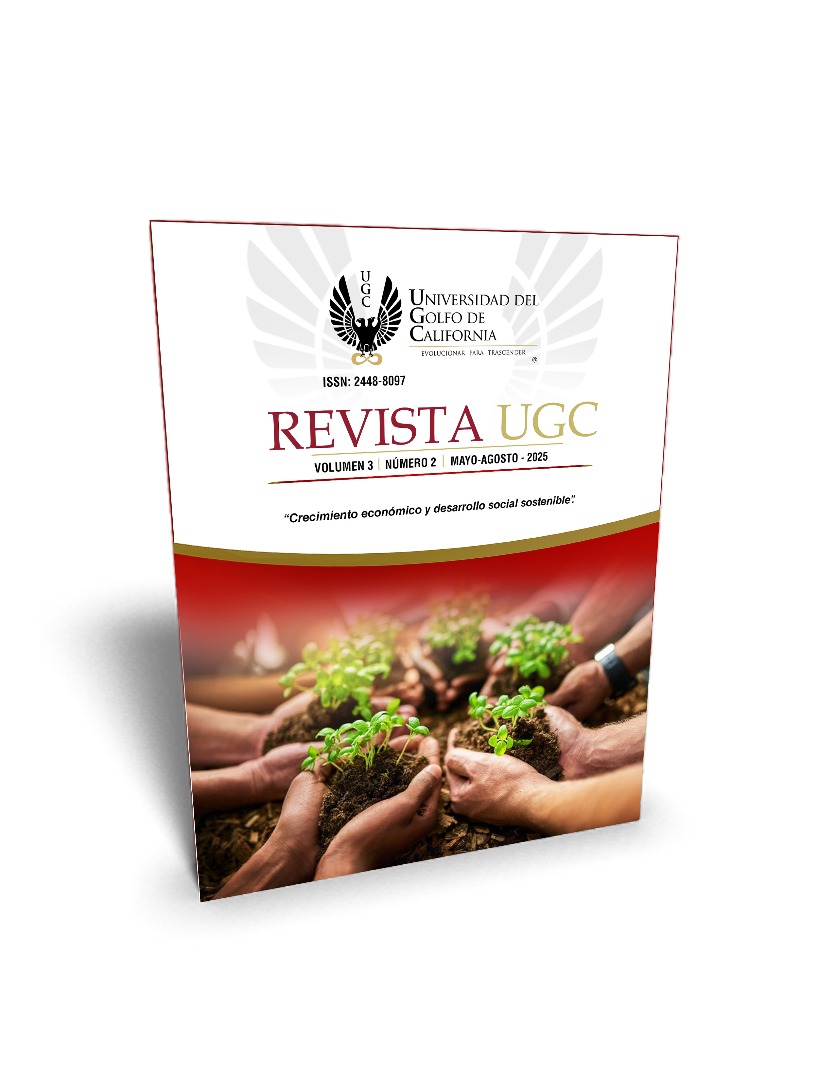Mediation as a procedural guarantee in juvenile offender cases in Guayaquil, Ecuador
Keywords:
Mediation, procedural guarantee, adolescent offendersAbstract
This scientific article, which initially hypothesized the legal possibility of implementing mediation, in the case of judging adolescent offenders, after the implementation of a qualitative research approach, with the application of bibliographic review methods, analytical- synthetic, the exegetical and the inductive method. All that allow us to achieve the general objective set, consisting of: Evaluate the impact of mediation as an alternative method of conflict resolution on the perception of justice by adolescent offenders in Guayaquil, and its effectiveness in achieving results of reintegration and parity. between the affected parties. Unfortunately, the results support that the lack of civil capacity of adolescents does not allow them to negotiate and that when it comes to possible criminal responsibility, this being non-transferable and very personal, an adult, occupying the place and grade of an adolescent offender. Well, mediation can only be carried out in the criminal sphere, for the commission of criminal infractions, by whoever commits said infraction.
Downloads
References
Albán, F. (2014). Derecho de la Niñez y Adolescencia. I y II Edición. Editorial Gemagrafic.
Borduin, C. M. (1999). Tratamiento multidisciplinario a la criminalidad y violencia en adolescentes. Journal of the American Academy of Child and Adolescent Psychiatry, 38(3), 242-249. https://www.ojp.gov/ncjrs/virtual-library/abstracts/multisystemic-treatment-criminality-and-violence-adolescents
Centeno Arteaga, W. H., Vargas Chávez, P. D., Aguayo Flores, L. C., & Hernández Velásquez, J. C. (2024). Describir las medidas socioeducativas no privativas de libertad dirigidas a los adolescentes infractores de Ecuador. Dominio De Las Ciencias, 10(2), 1795–1814. https://doi.org/10.23857/dc.v10i2.3908
Ecuador. Asamblea Nacional. (2014). Código Orgánico Integral Penal. Registro Oficial 180. https://www.defensa.gob.ec/wp-content/uploads/downloads/2021/03/COIP_act_feb-2021.pdf
Ecuador. Congreso Nacional. (2003). Código Orgánico de la Niñez y la Adolescencia Registro Oficial No. 737. https://www.igualdad.gob.ec/wp-content/uploads/downloads/2019/12/codigo_ninez_adolescencia_nov2019.pdf
Ecuador. Ministerio de Inclusión Económica y Social. (2024), El MIES ejecuta acciones contra el trabajo infantil y la mendicidad en Durán. https://www.inclusion.gob.ec/el-mies-ejecuta-acciones-contra-el-trabajo-infantil-y-la-mendicidad-en-duran/
Fondo de las Naciones Unidas para la Infancia. (2024). Situación de los niños, niñas y adolescentes en Ecuador. https://www.unicef.org/ecuador/media/12836/file/TP-General-001_0.pdf%20.pdf
García Viauena, L., & Bolaños, A. (2007). Situación de la mediación familiar en España. Detección de necesidades, desafíos pendientes. Ministerio de Trabajo y Asuntos Sociales.
Gorjón-Gómez, G, & Sauceda-Villeda, B. (2018). Justicia restaurativa, una herramienta de paz en la resolución de conflictos comunitarios. Caso Nuevo León. Política criminal, 13(25), 548-571. https://dx.doi.org/10.4067/S071833992018000100548
Jequier-Lehuedé, E. (2016). La mediación como alternativa de solución de los conflictos empresariales en Chile: Razones y mecanismos para su regulación en Revista de derecho (Valdivia), 29(1). https://dx.doi.org/10.4067/S0718-09502016000100005
Organización de las Naciones Unidas. (1945). Carta de las Naciones Unidas. https://www.un.org/en/about-us/un-charter
Organización de las Naciones Unidas. (2008). Informe Anual 2008: actividades de cobertura en 2007. Oficina de las Naciones Unidas contra la Droga y el Delito. http://www.unodc.org/documents/about-unodc/AR08_WEB.pdf
Ranum, E. C. (2006). Diagnóstico Nacional Guatemala", proyecto pandillas juveniles transnacionales en Centroamérica, México y Estados Unidos. Centro de Estudios y Programas Interamericanos (CEPI) del Instituto Tecnológico Autónomo de México.
Rodríguez Jiménez, A., & Pérez Jacinto, A. O. (2017). Métodos científicos de indagación y de construcción del conocimiento. Revista Escuela de Administración de Negocios, (82), 175–195. https://doi.org/10.21158/01208160.n82.2017.1647
Salazar, E. (2021). Adolescencia y delincuencia. Aspectos teóricos y su valoración Psicosocial. Universidad de Guadalajara.
Downloads
Published
How to Cite
Issue
Section
License
Copyright (c) 2025 Yolanda Tania Betty-Giler, Nataly Narcisa Gaibor-Rodríguez, Holger Geovanny García-Segarra

This work is licensed under a Creative Commons Attribution-NonCommercial-ShareAlike 4.0 International License.
Authors who publish in Revista UGC agree to the following terms:
1. Copyright
Authors retain unrestricted copyright to their work. Authors grant the journal the right of first publication. To this end, they assign the journal non-exclusive exploitation rights (reproduction, distribution, public communication, and transformation). Authors may enter into additional agreements for the non-exclusive distribution of the version of the work published in the journal, provided that acknowledgment of its initial publication in this journal is given.
© The authors.
2. License
The articles are published in the journal under the Creative Commons Attribution-NonCommercial-ShareAlike 4.0 International License (CC BY-NC-SA 4.0). The terms can be found at: https://creativecommons.org/licenses/by-nc-sa/4.0/deed.en
This license allows:
- Sharing: Copying and redistributing the material in any medium or format.
- Adapting: Remixing, transforming, and building upon the material.
Under the following terms:
- Attribution: You must give appropriate credit, provide a link to the license, and indicate if any changes were made. You may do this in any reasonable manner, but not in any way that suggests the licensor endorses or sponsors your use.
- NonCommercial: You may not use the material for commercial purposes.
- ShareAlike: If you remix, transform, or build upon the material, you must distribute your creation under the same license as the original work.
There are no additional restrictions. You may not apply legal terms or technological measures that legally restrict others from doing anything the license permits.







